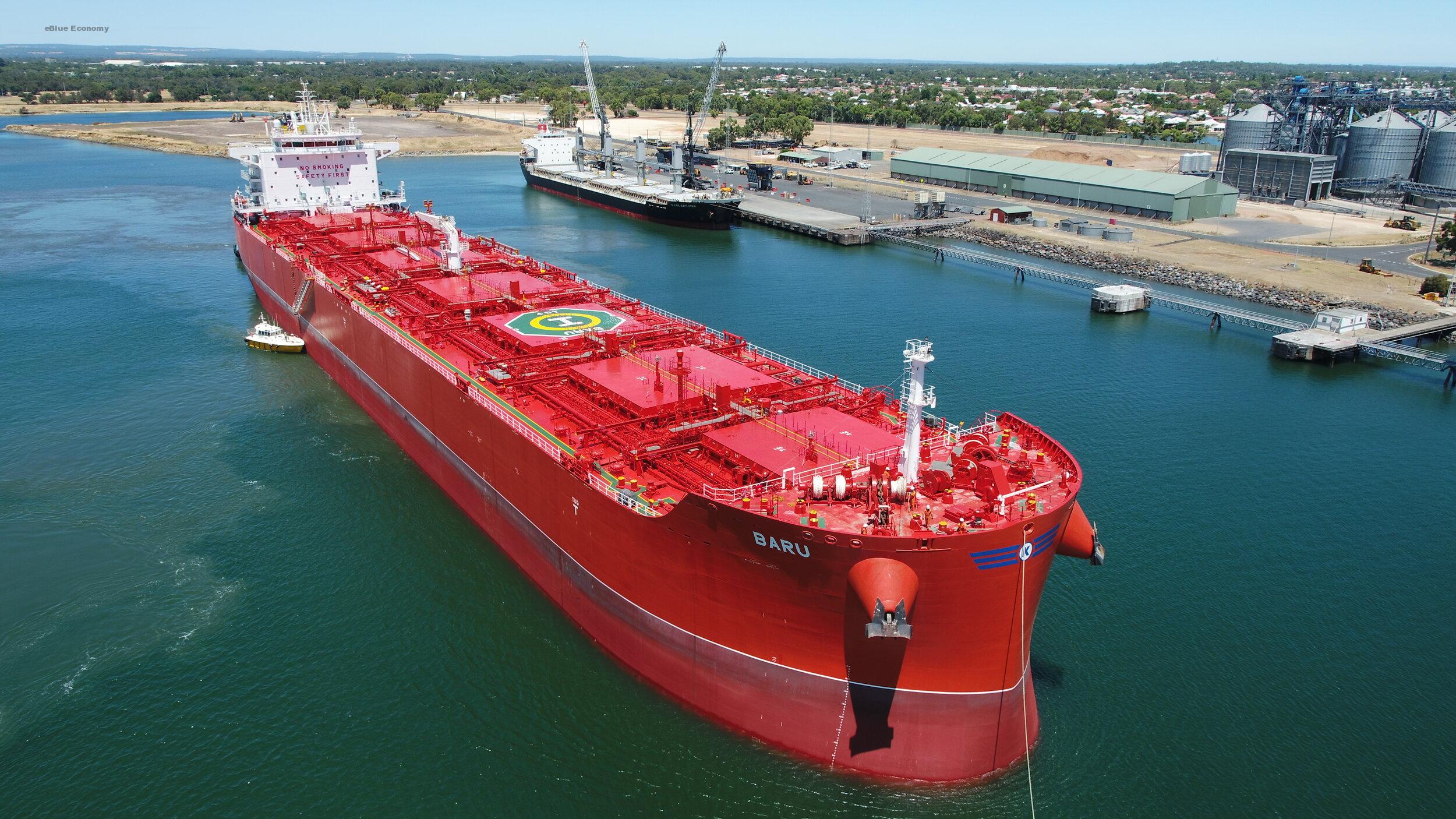By Peter Lindström
In the following weeks, Klaveness Research will in a series of articles have a look at how we believe the fundamentals impacting dry bulk freight rates are shaping up for 2021.
In this week’s article, we start with having a look at the big picture. In subsequent reports, we will drill further down into the major dry bulk commodity groups of iron ore, coal, grains, and minor bulks before we finish looking at the supply side.
The big picture
Dry bulk freight was in a supercycle between 2001 and 2008 as the growth in global yard capacity was unable to keep up with the seaborne demand growth triggered by China joining the World Trade Organization in 2001. Between 2008 and 2016 the general trend in dry bulk freight was negative as global fleet growth reached unprecedented levels. The dry bulk market bottomed out in Q1-2016 and has since been trending upwards.
However, the black swan events of the Brumadinho dam disaster and covid-19 stalled the recovery in 2019 and 2020. The Brumadinho dam disaster was a negative shock for the dry bulk market as the long-distance iron ore export out of Brazil contracted about 13%* year on year (yoy) in 2019. The Brazilian iron ore export has been trending higher in recent months and is expected to climb further in 2021 and 2022. Total seaborne iron ore export volume is up 4.3% year to date (YTD) due to strong export growth in Australia and in other minor export countries.

The black swan event of the covid-19 pandemic has greatly reduced global industrial production for most of 2020 and has had a negative impact on the demand for coal and minor bulks. The first chart below shows our metric on Global Dry Bulk Import weighted PMI vs the Baltic Dry Index.
We calculate this metric by weighting the Purchase Manufacturing Indices (PMI) of the largest dry bulk importing countries and regions in the world with the size of the corresponding dry bulk import in the previous calendar year. A reading above 50 indicates expanding global dry bulk demand while a reading below 50 indicates contracting global dry bulk demand. As we entered 2020, the general trend in this metric was positive, but from February this gauge nosedived and bottomed out in April.
Since then global PMIs have been improving but have only been in expansion mode in the last three months. As seen in the bubble graph below, most of the important dry bulk countries are in expansion mode as of September, except for Japan, South Korea, and Mexico. It is also clearly visible how vital China is for dry bulk demand, and – perhaps surprising to some – it also shows the relatively low importance of the USA in terms of dry bulk demand.
Coal and minor bulk export volumes are down 10% and 6% respectively in the first nine months of 2020. We strongly believe that the negative effect of covid-19 will be less severe in 2021, and thus expect the demand for coal and minor bulks to rebound.
The global seaborne trade of grains and bauxite has seen strong growth numbers so far in 2020. Total grain export volumes are up 6% ytd September, according to our numbers. Bauxite volumes are up almost 14%. The long-distance grain trade is expected to increase marginally from a high base in 2021, while the increasingly long distanced bauxite trade is widely anticipated to continue its strong growth
Global steel production, China vs the rest of the world
Global steel production is highly correlated with global industrial production and has thus been negatively impacted by covid-19. The demand for iron ore, coking coal, and many of the minor bulks are directly linked to global steel production. Global steel production is down 4.1% in the first nine months of the year and this has, without doubt, had a negative effect on the demand for minor bulks and coking coal.
However, as mentioned earlier in the article, the seaborne export of iron ore is up more than 4% ytd in a period where global steel production is down more than 4%. How is that possible?
The answer to this question is, to a large extent, that while steel production in the World excluding China is down 13.3% YTD, Chinese steel production is up 4.1% YTD. With more than 75% of total iron ore export ytd destined for China, the growth in demand in China more than offsets the drop in demand outside of China.
While China is also an important player in the demand for other dry bulk commodities, their market share is no way near what we see in iron ore. The market share in the minor bulk and coal trade is about 20% for both groups. Thus, for these commodities, what happens outside of China is collectively more important than what happens inside of China, and this explains why these commodities have posted negative growth numbers Ytd while the iron ore trade has been growing.
Next week we will take a closer look at how the fundamental drivers for iron ore are shaping up for 2021. In subsequent reports, we will take a closer look at the other commodity groups (coal, grains, minor bulks, and bauxite) before we finish up the series with a look at the supply side















